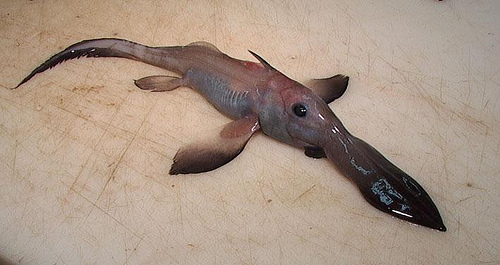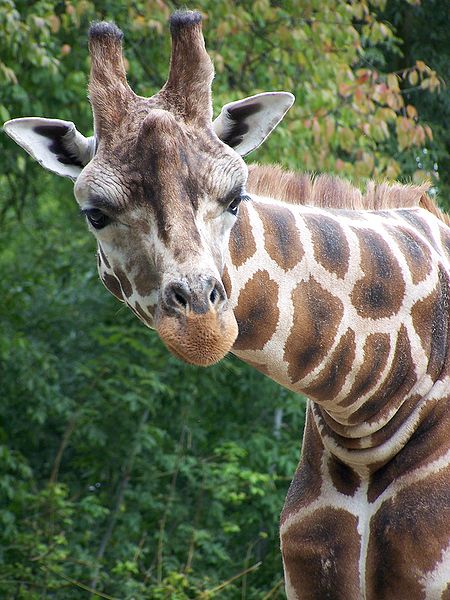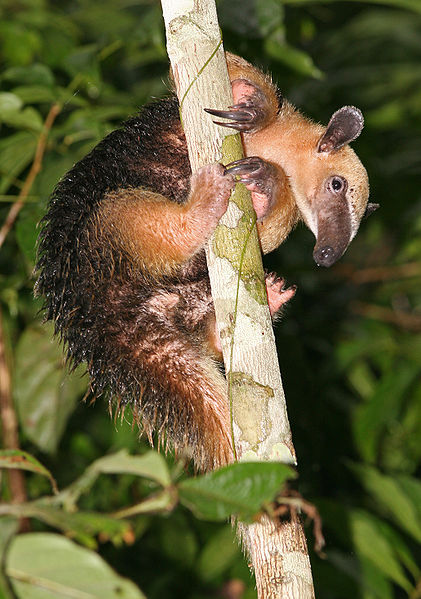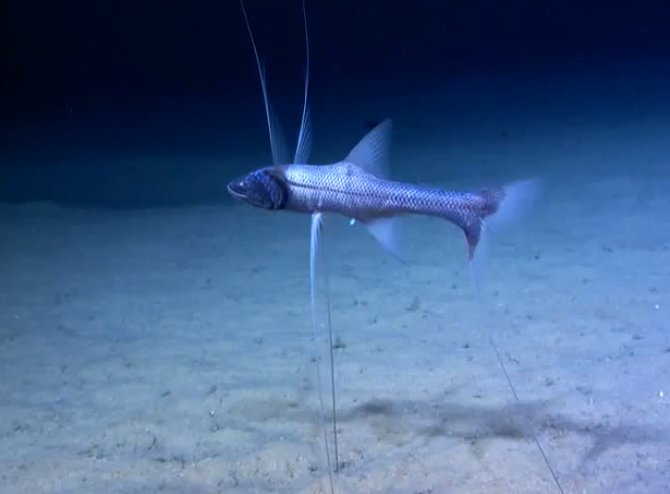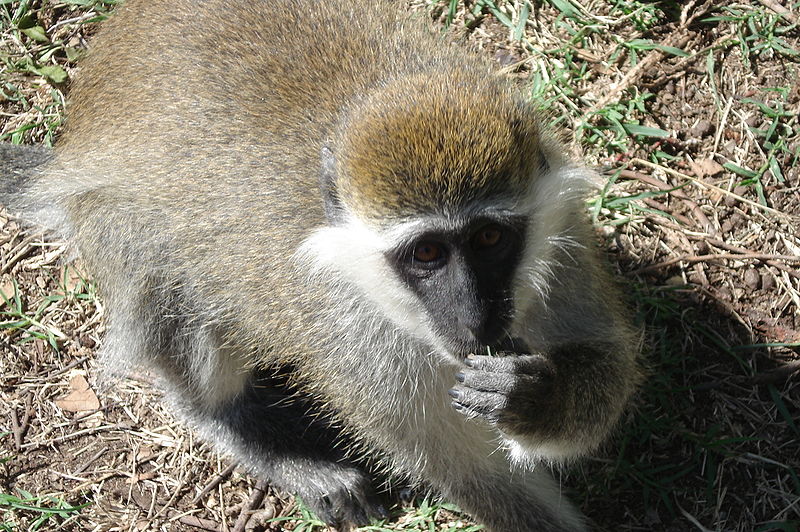
Before we get started with today’s Wild Fact, I wanted to bring a photography website to your attention. I have mentioned it before and you will notice a graphic to the right advertising it. The site is called Through My Lens and focuses (no pun intended….okay maybe it was a little intended) on nature and wildlife photography. They have a lot of amazing photos and are constantly adding more every week. I highly recommend you check them out, if you love nature….and you probably do since you are currently reading a wildlife blog. Let’s move onto today’s animal, the Grivet. Yep, we are starting the week with a cool little monkey that can only be found in Ethiopia, Sudan, Djibouti and Eritrea. So grab your gear and let’s get a move on…we have a long flight.
Pushing Their Boundaries
You may recognize today’s monkey since they look very similar to a previous Wild Fact, the Vervet Monkey, which just happens to be their close cousin. In fact, these two species have been known to interbreed with each other in the southern portion of the Grivet’s range. This is bad news for the vulnerable Bale Mountain Vervet, which will undoubtedly lose the competition with the more common Grivet. Lets find out what the Grivet monkey looks like so we can distinguish them in the wild.
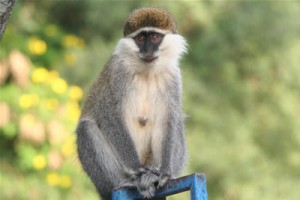
A Touch of Colour
The face, hands and feet of the Grivet are a dark black colour while their fur is olive green and white in colour. To accent their face, the Grivet has a nice white line above their eyes which matches the long, white whiskers on their cheeks. Interestingly enough, if you look closely at the stomach of this monkey, you will notice that there is a bluish tinge to it. That’s right, this particular primate wanted to throw a little bit of colour into their wardrobe just to make themselves stand out from the crowd.
Four vs. Two Legs
Unfortunately, the Grivet can typically be found in groups ranging from 5 to 70+ individuals and each of these monkey’s would also have a blue stomach. So they should probably find another way to stand out. This pack of monkey’s will typically travel on all four legs, however, they are quite adept to walking and even running on just two legs. I suppose it would be easier to walk on all fours. I think I will try this method out for the following week since it seems to work well for these interesting primates.


